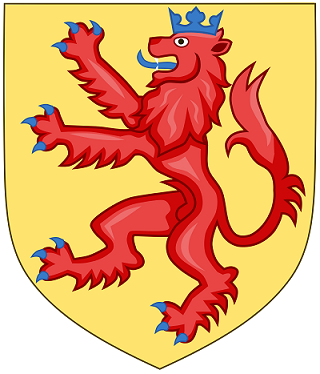The House of Habsburg was one of the most prominent royal houses of Europe in the 2nd millennium.
The house takes its name from Habsburg Castle, a fortress built in the 1020s in present-day Switzerland by Radbot of Klettgau, who named his fortress Habsburg. His grandson Otto II was the first to take the fortress name as his own, adding “Count of Habsburg” to his title. In 1273, Count Radbot’s seventh-generation descendant Rudolph of Habsburg was elected King of the Romans. Taking advantage of the extinction of the Babenbergs and of his victory over Ottokar II of Bohemia at the battle on the Marchfeld in 1278, he subsequently moved the family’s power base to Vienna, where the Habsburgs ruled until 1918.
The throne of the Holy Roman Empire was continuously occupied by the Habsburgs from 1440 until their extinction in the male line in 1740 and, after the death of Francis I, from 1765 until its dissolution in 1806. The house also produced kings of Bohemia, Hungary, Croatia, Spain, Portugal and Galicia-Lodomeria, with their respective colonies; rulers of several principalities in the Low Countries and Italy; and in the 19th century, emperors of Austria and of Austria-Hungary as well as one emperor of Mexico. The family split several times into parallel branches, most consequentially in the mid-16th century between its Spanish and Austrian branches following the abdication of Charles V. Although they ruled distinct territories, the different branches nevertheless maintained close relations and frequently intermarried.
The house of Habsburg still exists and owns the Austrian branch of the Order of the Golden Fleece and the Imperial and Royal Order of Saint George. As of early 2021, the head of the family is Karl von Habsburg.
Blogs
- Habsburg Philatelist – @HabsburgStamp

